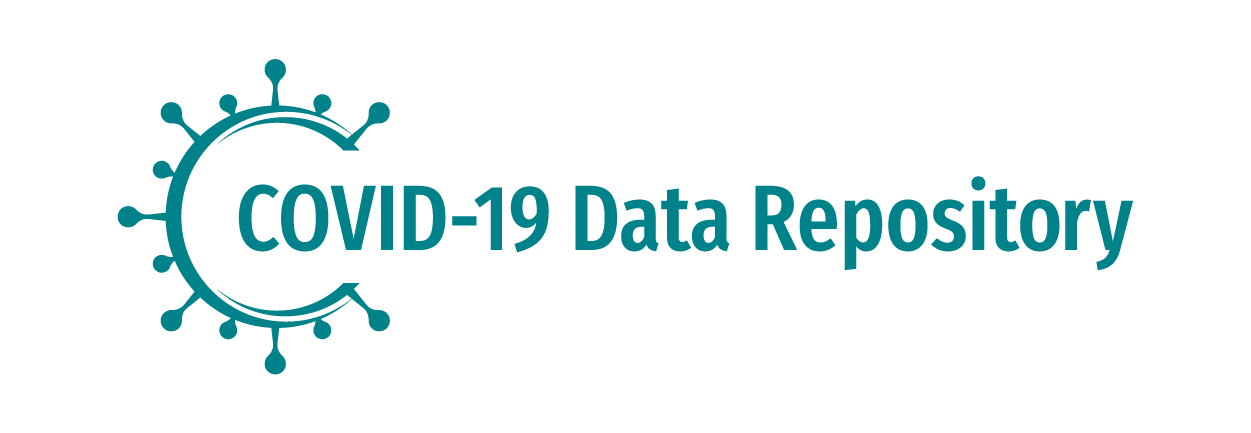COVID-Impact.org COVID Impact Survey Week 1
Principal Investigator(s): View help for Principal Investigator(s) Joseph Willey, Data Foundation; Abigail Wozniak, Data Foundation
Version: View help for Version V1
| Name | File Type | Size | Last Modified |
|---|---|---|---|
|
|
application/vnd.openxmlformats-officedocument.spreadsheetml.sheet | 31.7 KB | 06/18/2020 09:45:AM |
|
|
application/pdf | 265.9 KB | 06/18/2020 06:50:AM |
|
|
application/pdf | 194 KB | 06/18/2020 06:54:AM |
|
|
text/csv | 18.3 MB | 06/18/2020 06:54:AM |
Project Citation:
Willey, Joseph, and Wozniak, Abigail. COVID-Impact.org COVID Impact Survey Week 1. Ann Arbor, MI: Inter-university Consortium for Political and Social Research [distributor], 2020-06-18. https://doi.org/10.3886/E119964V1
Project Description
Summary:
View help for Summary
The COVID Impact Survey aims to fill an information gap that currently exists in the United States, supported by philanthropy and government in the absence of a current analogous government survey. While the Data Foundation and other organizations are encouraging the federal government to launch similar, larger-scale efforts in coming months, data collection now is vital to our country’s future choices and we cannot wait for the government to act. Importantly, this information will be critical for policymakers in determining future actions for stay-at-home orders, social distancing policies, and other actions to combat the virus.
The random sample survey offers national insights about the American population’s experiences, including health, economic, and social well-being questions. Information will also be published as open data for use by policymakers and researchers. Statistics are available for more than a dozen states and metropolitan areas, recognizing the regional impacts may vary substantially.
The random sample survey offers national insights about the American population’s experiences, including health, economic, and social well-being questions. Information will also be published as open data for use by policymakers and researchers. Statistics are available for more than a dozen states and metropolitan areas, recognizing the regional impacts may vary substantially.
Scope of Project
Geographic Coverage:
View help for Geographic Coverage
National,
8 MSAs,
10 states
Collection Date(s):
View help for Collection Date(s)
4/20/2020 – 4/26/2020
Universe:
View help for Universe
The survey sample targeted two samples –
• A nationally-representative sample of adults age 18 and older in the United States
• A representative sample of adults age 18 and older living in each of 18 different geographic areas. These include the states of California; Colorado; Florida; Louisiana; Minnesota; Missouri; Montana; New York; Oregon; and Texas. And the following MSAs: Atlanta-Sandy Springs-Alpharetta, Georgia; BaltimoreColumbia-Towson, Maryland; Birmingham-Hoover, Alabama; Chicago-Naperville-Elgin, Illinois-IndianaWisconsin; Cleveland-Elyria, Ohio; Columbus, Ohio; Phoenix-Mesa-Chandler, Arizona; and Pittsburgh, Pennsylvania.
• A nationally-representative sample of adults age 18 and older in the United States
• A representative sample of adults age 18 and older living in each of 18 different geographic areas. These include the states of California; Colorado; Florida; Louisiana; Minnesota; Missouri; Montana; New York; Oregon; and Texas. And the following MSAs: Atlanta-Sandy Springs-Alpharetta, Georgia; BaltimoreColumbia-Towson, Maryland; Birmingham-Hoover, Alabama; Chicago-Naperville-Elgin, Illinois-IndianaWisconsin; Cleveland-Elyria, Ohio; Columbus, Ohio; Phoenix-Mesa-Chandler, Arizona; and Pittsburgh, Pennsylvania.
Data Type(s):
View help for Data Type(s)
survey data
Related Publications
Published Versions
Report a Problem
Found a serious problem with the data, such as disclosure risk or copyrighted content? Let us know.
This material is distributed exactly as it arrived from the data depositor. ICPSR has not checked or processed this material. Users should consult the investigator(s) if further information is desired.
